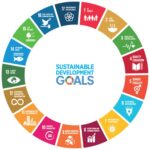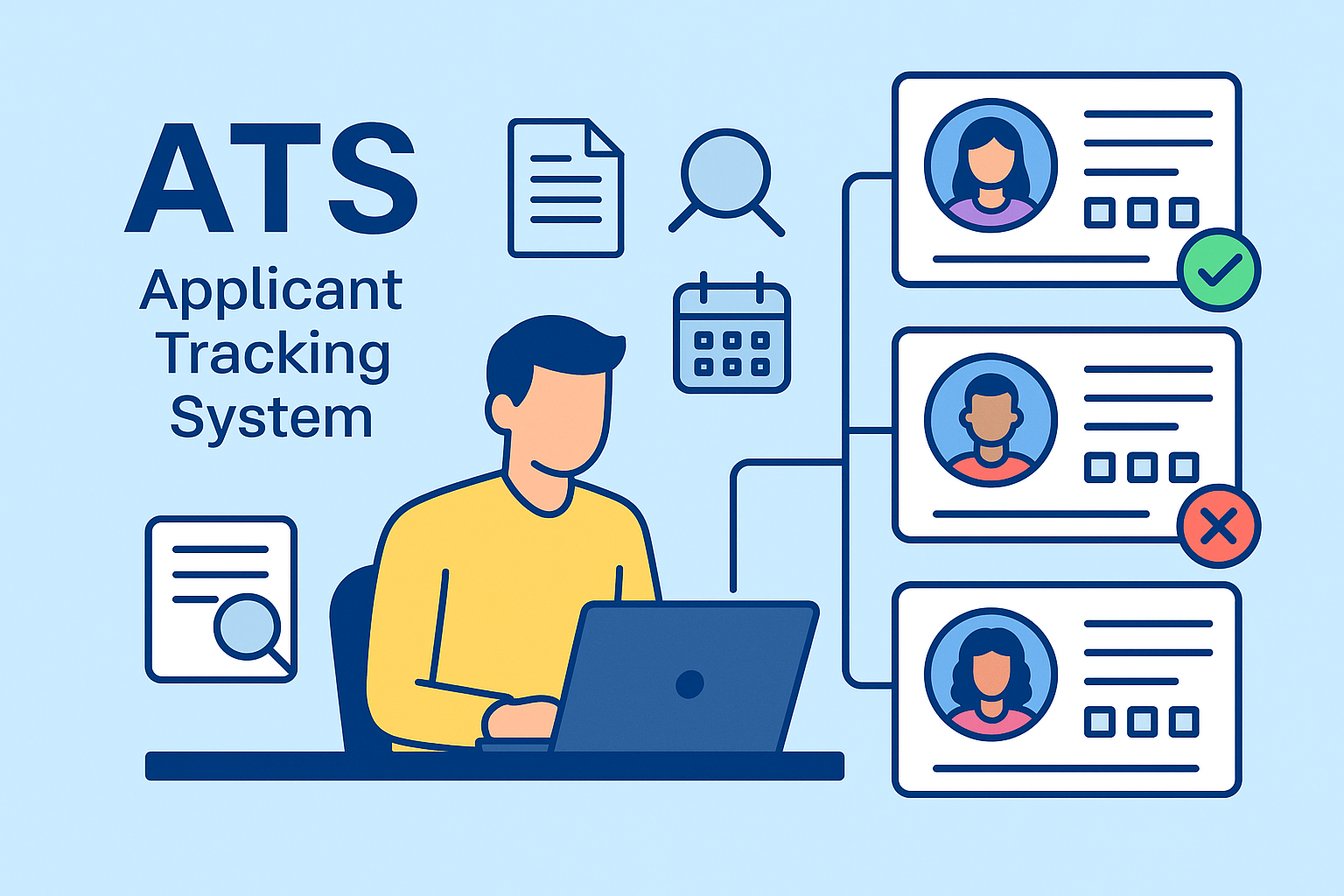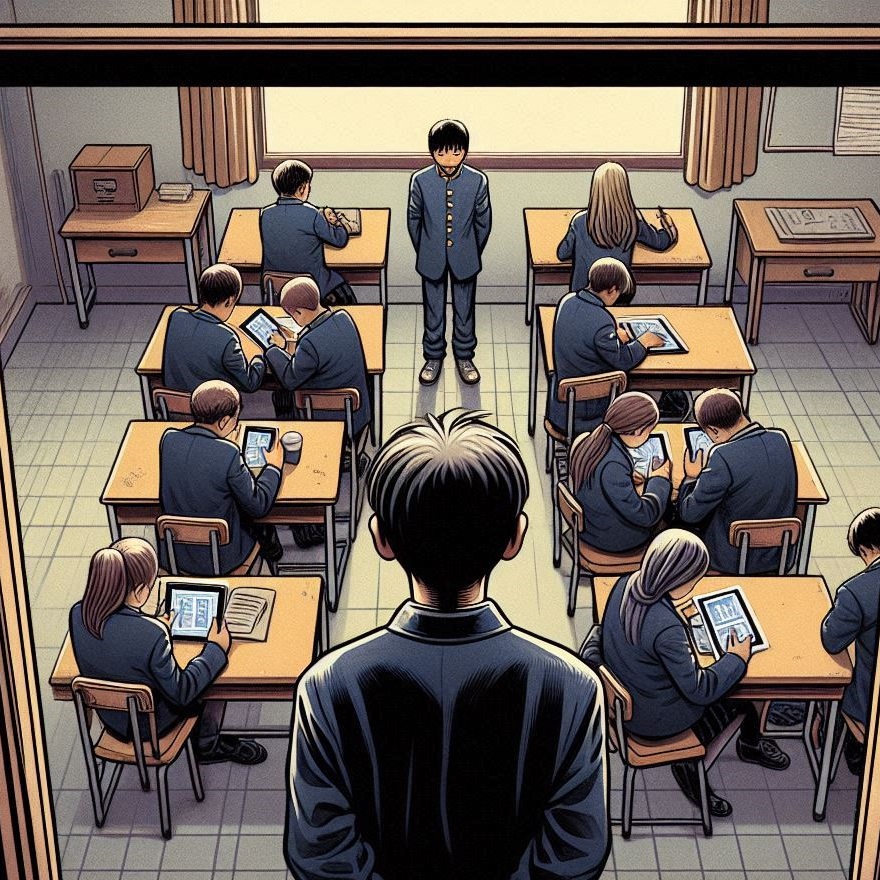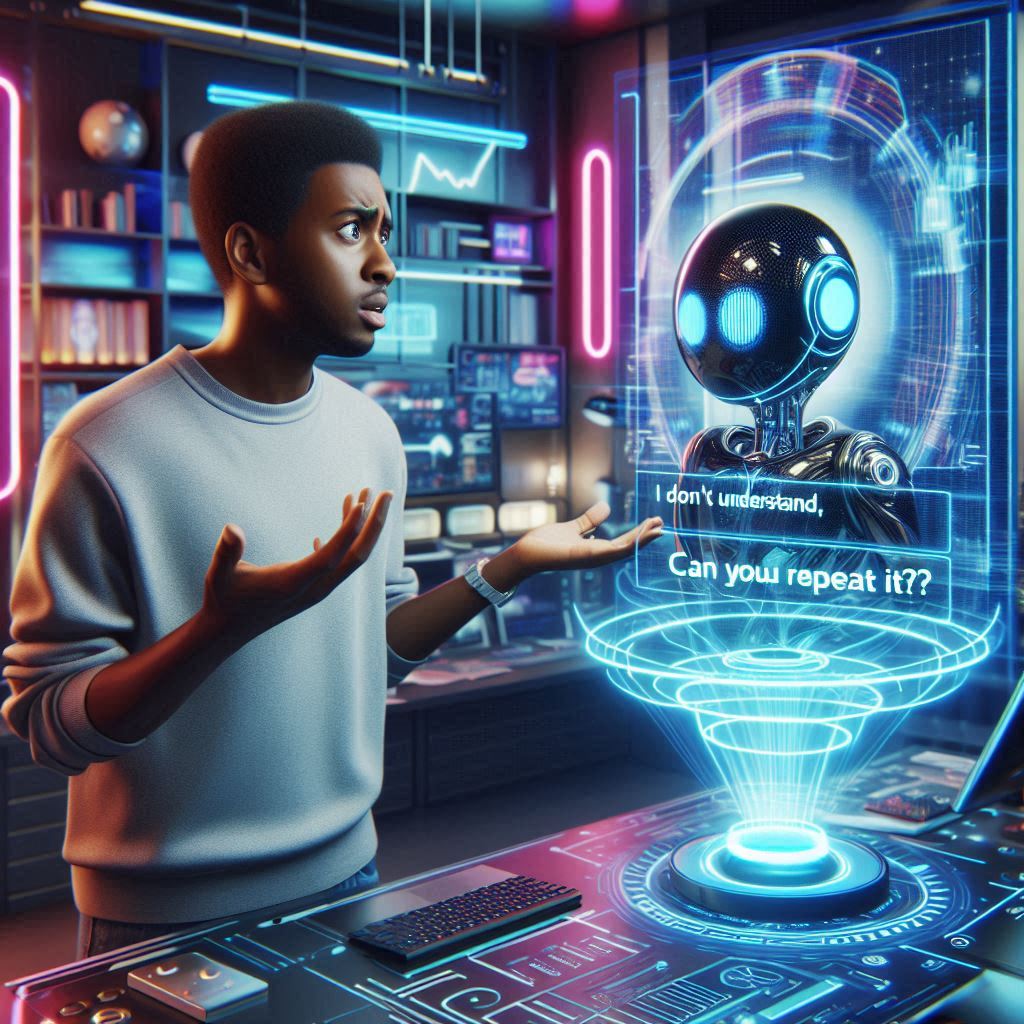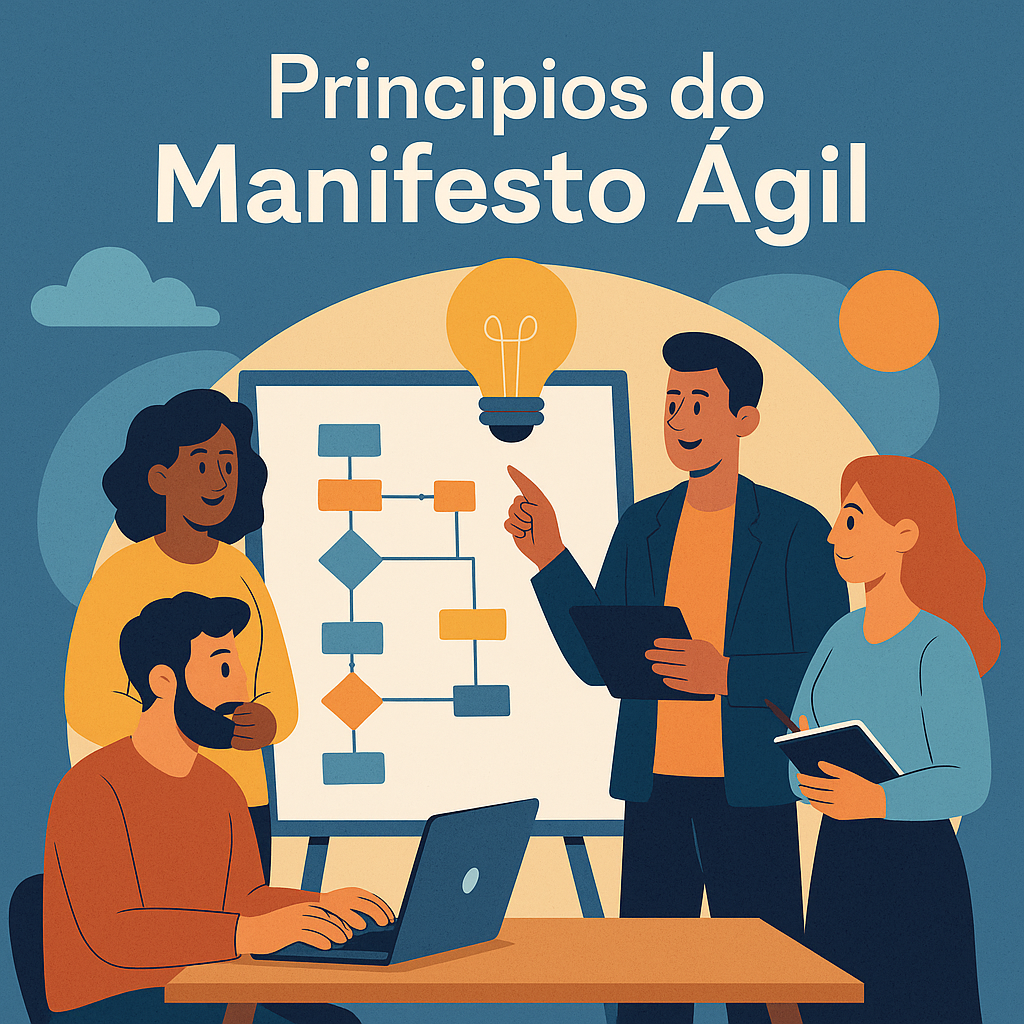Desde a popularização dos smartphones e tablets conectados em tempo integral à internet, a cada nova evolução tecnológica volta à tina uma discusssão: afinal, estudantes devem ou não poder entrar em sala de aula com um smartphone?
Não estou falando do uso de inteligências artificiais generativas — assunto que já tratei em outras publicações.
Falo de algo muito mais simples e, ao mesmo tempo, muito mais profundo:
o direito de um estudante carregar consigo o único recurso digital que possui.
Como historiadora da arte, digital humanist e alguém que viveu a precariedade educacional brasileira dos anos 1990, esse assunto me atravessa de múltiplas formas — e me inquieta.
Quando o problema não é o aluno — é o olhar dirigido a ele
Tenho visto educadores chamarem alunos que usam IA para copiar e colar respostas de “analfabetos funcionais”.
Mas basta uma busca rápida para perceber que essa acusação não só não procede, como também trata com superficialidade um problema muito mais complexo.
O MEC e o Instituto Paulo Montenegro definem analfabetismo funcional como:
- “analfabeto” — quem não consegue realizar tarefas básicas de leitura;
- “rudimentar” — quem só entende textos muito simples e não consegue lidar com textos jornalísticos ou científicos.
Quando um docente ignora tudo o que envolve tecnologia, inclusão, autonomia digital e pensamento crítico — e ainda classifica seus estudantes com termos técnicos sem antes verificar seu significado — acaba cometendo o mesmo erro que critica.
A tragédia está aí.
O que chamamos de “questão” nem sempre é o problema real
Quando dizemos “a questão do feminismo”, “a questão da pobreza”, “a questão da marginalização”, estamos frequentemente nomeando o lugar errado.
Não é o fenômeno em si — mas nossas escolhas históricas sobre quem tem direito à voz e quem não tem.
E isso não é novo.
No final do século XIX, imigrantes italianos chegavam a um Brasil que:
- não tinha idade mínima para trabalho infantil;
- oferecia educação pública apenas a meninos ricos;
- negava cidadania plena a pessoas negras e indígenas.
No meu único ano em escola pública, em 1990, também não havia professores suficientes nem livros — copiávamos todo o livro didaticamente ditado para o caderno.
Minha mãe pôde me devolver à escola particular.
Mas e os outros?
Da educação sonhada aos dispositivos proibidos
Os professores visionários dos anos 1990 sonhavam com:
- projeções 3D,
- aulas interativas,
- ensino remoto,
- aprendizagem sensorial.
Hoje, tudo isso existe — no bolso de qualquer pessoa com um smartphone.
E, no entanto, essa mesma ferramenta é proibida em muitas salas de aula.
Smartphones são computadores completos.
Permitem acesso a bibliotecas, museus, plataformas de ciência, artigos, mapas, vídeos explicativos, dicionários, traduções, visualizações 3D, ferramentas de acessibilidade.
Então por que tablets e notebooks são permitidos — e smartphones não?
A “questão das redes sociais”?
Elas estão no computador também.
A “questão da distração”?
O professor de 1870 dizia o mesmo sobre o romance guardado dentro do livro de matemática.
A “questão da desigualdade”?
Pois a desigualdade aumenta exatamente quando dizemos ao aluno periférico — que só tem um smartphone — que ele não pode usar o único dispositivo que lhe garante acesso ao mundo.
O verdadeiro problema não é o aluno. É uma geração perdida no meio do caminho.
Os millennials — meus contemporâneos — cresceram desejando esse futuro digital.
Mas muitos de nós falhamos em nos preparar para ele.
Quando educadores temem tecnologias que os alunos já dominam intuitivamente, não é o aluno que está atrasado.
É o sistema.
E quando o sistema resiste, não protege ninguém.
Apenas cria mais um ciclo de exclusão, medo e precariedade.
O mundo não está mudando — ele já mudou
Smartphones são portas para conhecimento, cidadania e autonomia.
Negá-los não resolve nada.
Educar para usá-los de forma ética, crítica e criativa — isso sim transforma realidades.
É mais sábio seguir Leonardo da Vinci:
“Aprender é a única coisa que a mente nunca teme, nunca se cansa e nunca se arrepende.”
Do que ficar preso na “História do Medo no Ocidente”, de Delumeau — repetindo séculos de pânico sempre que algo novo aparece.



